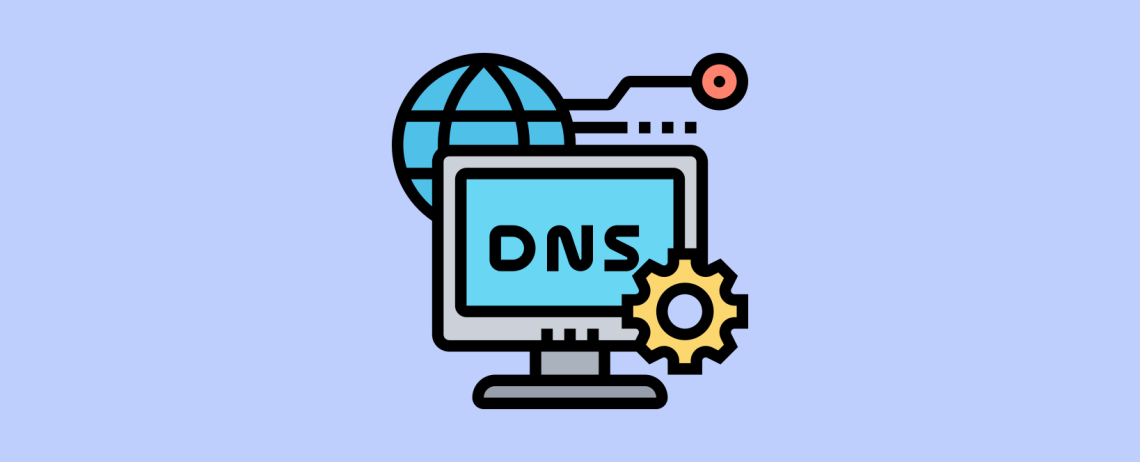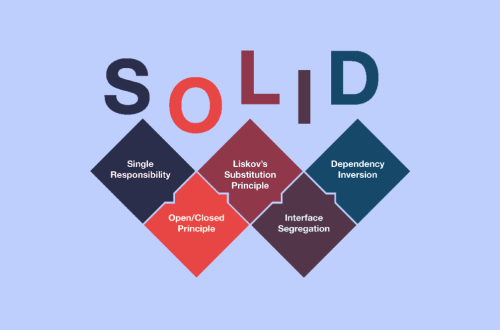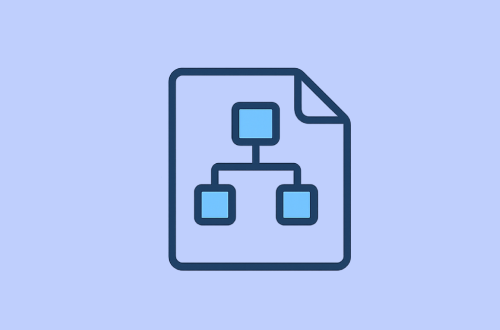When you enter a URL in your browser, a complex series of steps happens behind the scenes before the webpage appears on your screen. Understanding these steps is fundamental for frontend developers because it helps optimize performance, debug issues, and create better user experiences.
What Is a URL?
A URL (Uniform Resource Locator) is the web address you type into your browser — for example, https://www.example.com/page. It tells the browser exactly where to find the resource on the internet. A URL typically includes:
- The protocol (
httporhttps), which defines how data is transferred. - The domain name (
www.example.com), which is linked to the server’s IP address. - An optional path (
/page), pointing to a specific resource on that server. - Sometimes, additional elements like query parameters (
?id=123) or fragments (#section) specify particular data or parts of the page.
This address is what your browser uses to start the process of loading a website.
Step 1: Resolving the IP Address from the URL
The browser needs to find the IP address associated with the URL (like www.amazon.com) to connect to the right server. This is done via the Domain Name System (DNS), which translates human-readable domain names into machine-readable IP addresses.
DNS records are stored in a distributed network of DNS servers organized hierarchically:
- Root servers direct the browser to the appropriate top-level domain (TLD) servers (.com, .org, .edu).
- The TLD servers then point to second-level domain servers that have the exact DNS records for the requested site.
- This hierarchical lookup continues until the IP address of the target server is found.
To speed up this process, DNS responses are cached locally by the browser and operating system, and even by DNS servers themselves.
Step 2: Sending the HTTP/S Request
Once the IP address is known, the browser initiates a TCP connection with the server using a handshake process. Then it sends an HTTP request — a message asking the server to send the website data.
HTTP, or HyperText Transfer Protocol, is the foundation of web communication. It’s a stateless protocol, meaning servers don’t remember past requests. Every request is handled independently.
An HTTP request includes:
- Request line: method (GET, POST, PUT, DELETE), URL, and HTTP version.
- Headers: metadata such as Host (domain), User-Agent (browser info), Accept (content types), and Accept-Language.
HTTP Methods
- GET: Retrieve data (like a webpage).
- HEAD: Retrieve headers only, no content.
- POST: Send data to the server (like submitting a form).
- PUT: Update or create a resource at a specified URL.
- DELETE: Remove a resource.
Step 3: Receiving the HTTP Response
The server responds with an HTTP response, which starts with:
- Status line: HTTP version and status code (e.g., 200 OK, 404 Not Found, 500 Internal Server Error).
- Headers: describe the response content, caching rules, server details, etc.
- Body: the actual content requested (HTML, JSON, images, etc.).
You can learn more about HTTP requests and responses, including methods, status codes, and headers here.
Step 4: Requesting External Resources
The initial HTML file often references other resources like CSS, JavaScript, images, and fonts. The browser makes additional HTTP requests to fetch these external resources.
Step 5: Parsing and Rendering
Once resources are downloaded:
- The browser parses the HTML to build the DOM (Document Object Model).
- It parses CSS to build the CSSOM (CSS Object Model).
- It executes JavaScript, which can manipulate the DOM and CSSOM.
- Finally, the browser combines DOM and CSSOM into the render tree and paints pixels to the screen, displaying the webpage.





